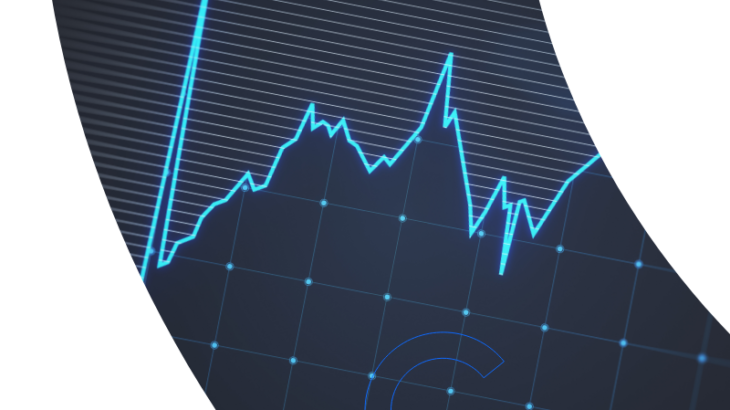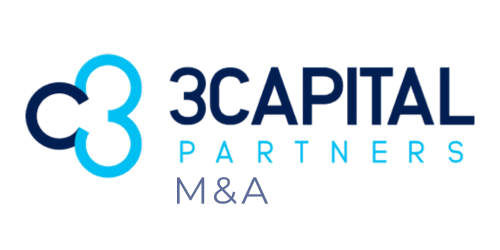
Understanding economic value added (EVA) is critical to managing corporate performance effectively. EVA is a metric that shows the real profitability of a company, considering the cost of invested capital.
Economic Value Added: what is it?
EVA, short for Economic Value Added, is a methodology patented by consulting firm Stern Stuart. Its purpose is to evaluate whether managers’ decisions generate value over time. It serves as a crucial indicator of business performance to measure the company’s increased value for its shareholders.
One of the main purposes, whose methodology is based on financial management concepts, is to show whether a company is really generating value for its shareholders. From this aspect, the indicator allows executives, shareholders and investors to accurately evaluate whether the capital invested in a certain business is generating a satisfactory return.
We can affirm that EVA represents the additional economic value that a company generates annually, as a result of the net profit obtained from its operations.
In other words, EVA is the difference between the return on operations on invested assets and the total cost of resources employed. It includes both third-party and own resources, weighted by the percentage of participation in the sources of resources used to finance these assets.
The three pillars of value maximization
To simplify this concept, we can highlight three main factors in the composition of EVA:
Operation
- The operation reflects the operational performance of the company, which includes all metrics directly related to its main operation (main activity or corporate purpose). This ranges from revenue to costs and expenses, including depreciation and amortization, including operating income.
Invested capital
- Within what is called Invested Capital, indicators are included that evaluate the performance of inventory policies, relationships with customers and suppliers, which constitute the Financial Cycle (FC). In addition, the rotation of the capital used in the company and the capital itself used in assets essential for the operation of the company is considered, either in its current existence or in new investments.
Financial structure
- The average cost of capital used in the company is represented in the vector called Financial Structure, also known as Capital Structure. Indicates how the company’s capital is distributed between Own Capital and Third Party Capital. By considering the proportion of these sources of resources with their corresponding costs, the Average Cost of Capital or WACC (Weighted Average Cost of Capital) is calculated.
In short, the greater the EVA generated over time, the greater the value of the company in the long term. This implies that the company will have increasingly greater resources to meet its obligations with third parties, offer more attractive returns to shareholders and distribute results to employees.
This concept of excellent performance, combined with the pillars of Purpose and People, generates value for all stakeholders involved.
Count on 3Capital in this mission!
Increasing EVA is a challenging mission that requires in-depth knowledge of the company’s financial and operational mechanisms. However, it is a challenge worth facing, since any improvement is reflected in a more significant valuation of the business, giving it a competitive advantage and a more promising future.
Count on a team of professionals who understand the subject. With more than 30 years in the market, the 3Capital team is a benchmark when it comes to generating value.
Contact our team and discover more!



